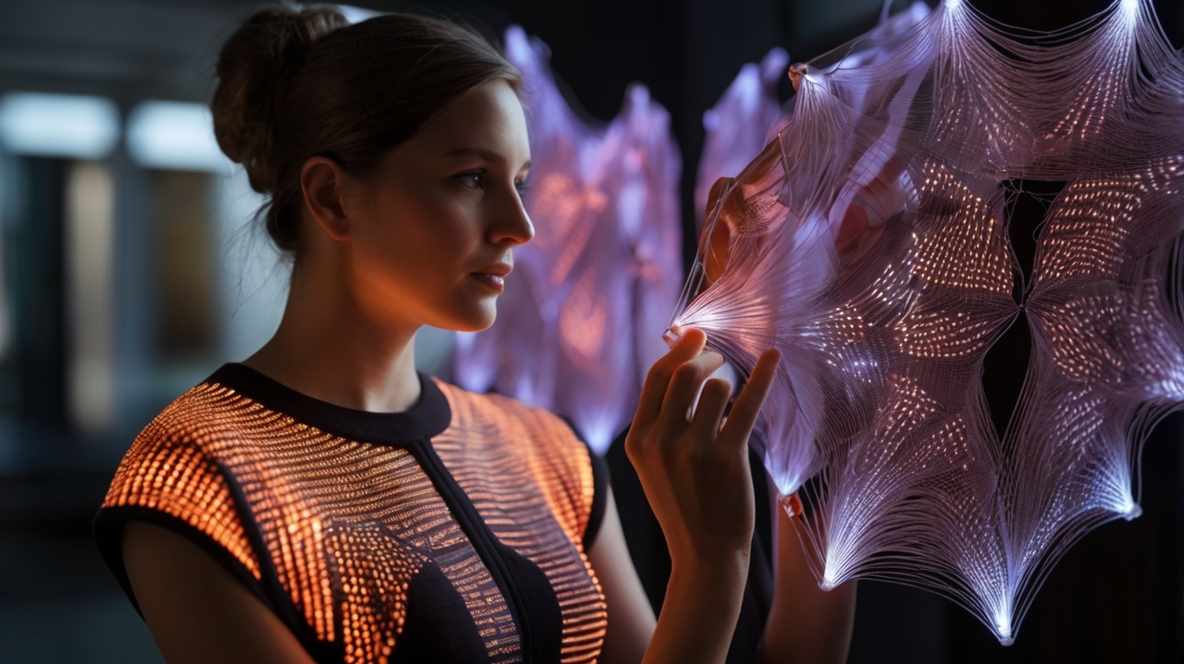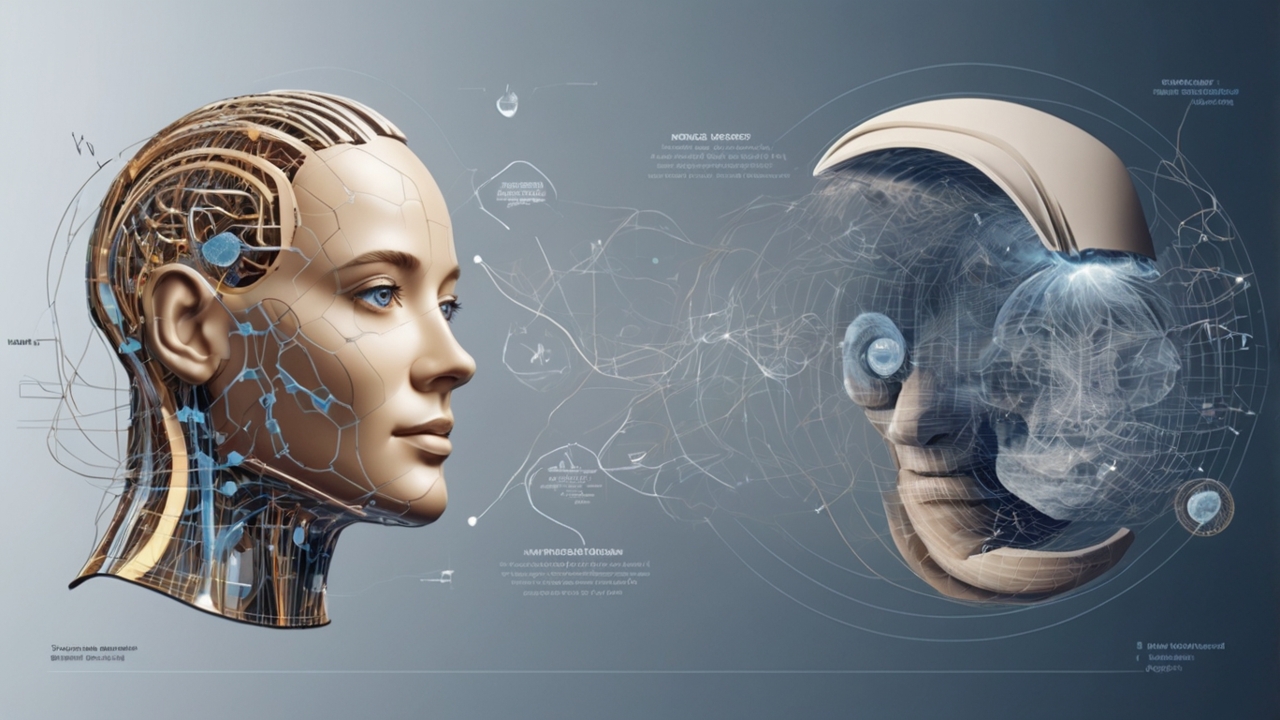Mayumiotero – Smart Textiles are no longer just a futuristic concept whispered in labs they are rapidly entering mainstream fashion. By merging fabric with advanced electronics, these materials allow clothing to light up, respond to touch, or even change patterns dynamically. Programmable LED patterns are one of the most exciting developments, turning garments into interactive canvases of expression.
“Read also: Huawei Puts Open-Source AI at the Center of Connect 2025“
Fashion Meets Technology
The concept of wearable technology has been around for years, but Smart Textiles elevate it to a whole new level. Instead of simply embedding gadgets into clothing, designers now weave LED fibers directly into fabric. This innovation creates seamless integration where the lights feel like part of the garment rather than external attachments.
The Power of Programmable LEDs
What makes Smart Textiles fascinating is the ability to customize. Programmable LEDs let users display moving patterns, glowing shapes, or even text messages across their outfits. This flexibility has turned clothing into a new medium for self-expression, making it possible to adapt your look in seconds without changing garments.
Applications Beyond Fashion
While the runway has embraced these illuminated fabrics, Smart Textiles also hold practical applications. Athletes can use LED patterns for visibility at night, while emergency workers may benefit from clothing that signals distress or directs traffic. The technology extends far beyond aesthetics, hinting at life-saving potential.
Storytelling Through Light
Fashion has always been a form of storytelling, and programmable textiles elevate that narrative. Designers now use glowing fabrics to convey moods, themes, or cultural messages during fashion shows. The movement of light across the body captures attention and sparks conversations, making these garments unforgettable.
“Read also: Researchers Unveil CAMIA: A New AI Privacy Attack That Exposes Training Data Risks“
Challenges in Development
Despite their appeal, Smart Textiles face hurdles. Durability, washability, and battery life remain major concerns. Engineers and designers must find ways to make fabrics as comfortable and practical as they are visually striking. These challenges, however, are driving new collaborations between textile experts and electronic engineers.
A Market Poised for Growth
Analysts predict that Smart Textiles will become a billion-dollar industry within the next decade. As costs decrease and designs improve, programmable LED clothing may become accessible for everyday wear, not just high-end showcases. The fusion of style and technology has the potential to reshape wardrobes worldwide.
The Human Element
Ultimately, Smart Textiles highlight how people desire both individuality and connection. Wearing clothing that glows with programmable LED patterns is more than fashion it’s communication. It reflects personal identity while inviting curiosity and interaction from others, proving that technology can enhance the deeply human act of self-expression.













